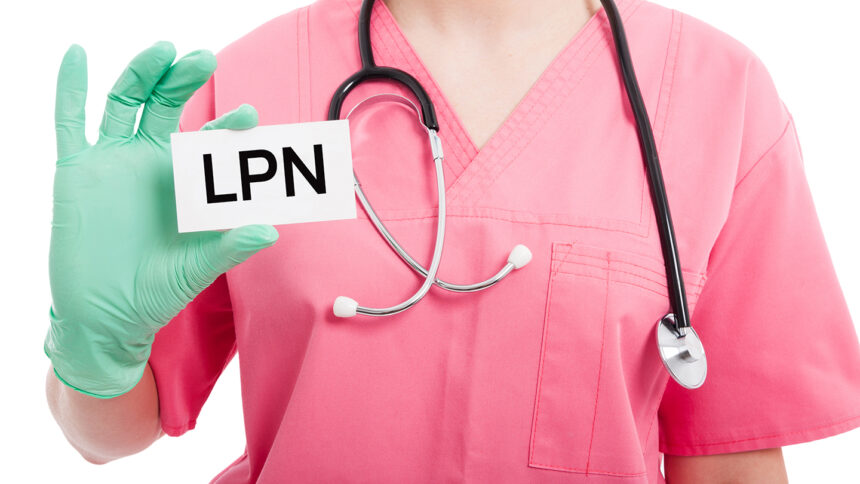
Believe it or not, medical scrubs aren’t just uniforms for work. The garments are just one aspect of personal protective equipment, but they can give healthcare workers an extra layer of protection — especially in nursing homes, where germs may be present.
A recent article in Infection Control Today summed up how scrubs can help prevent infections. According to the author, the fabric for most scrubs is tightly woven, so it can stop pathogens from reaching your body. The material that scrubs are made of also can absorb or repel fluids and can stop the transfer from one patient or resident to another. Polyester-cotton materials and similar blends have been able to guard against infections and are easy to clean. Some scrubs are marketed with antimicrobial properties such as copper or silver nanoparticles; those can stop bacteria from growing and prevent infections from spreading, according to the article.
Even though workers at nursing homes may not be at risk for heavy interaction with personal fluids, the materials are equipped to handle it — a plus because nursing home workers never quite know what they’re going to deal with during a shift.
When purchasing scrubs, seek out those that are certified by organizations like the Association for Advancement of Medical Instrumentation, the author recommends.
Taking care of scrubs as per the directions is key to ensure the garments maintain their viability for protection. They must be washed with hot water and detergent and dried at a high temperature, so look for materials that can handle high temperatures from frequent washing and drying.
Finding the right fit also is important if you’re looking for medical scrubs. Pockets can be useful, but too many folds or pockets in the scrubs can become hazardous or encourage the buildup of germs. Go for a fit that is not too loose and not too tight, as the fit also can play a role in the protective value of the tops and bottoms.



